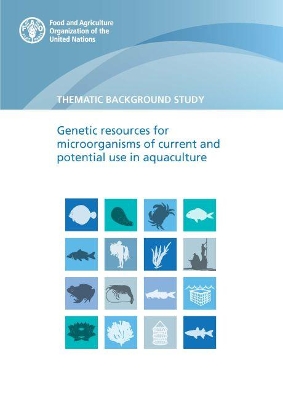
Aquaculture is the farming of aquatic organisms ranging from microbes to shellfish and finfish. Fisheries production from the capture of wild fish has remained fairly constant since the late 1980s and it is the increase in production from aquaculture that has led to substantial growth in fish production for human consumption, with aquaculture contributing more than wildcaught fisheries for the first time in 2014 and this trend is likely to continue. Global aquaculture production accounted for 44.1 percent of total global fish production, including production for non-food uses, in 2014. The share of fish produced by aquaculture for human consumption increased from 26 percent in 1994 to about 50 percent in 2014, with 73.8 million tonnes of fish valued at USD 160 billion being harvested from aquaculture in 2014. In facing the challenge of providing food to a growing human population predicted to reach 9.7 billion by 2050, fish consumption, especially produced from aquaculture, has an important role to play. The Second International Conference on Nutrition (ICN2) held in 2014 adopted the Rome Declaration on Nutrition that highlighted the key role of fish in meeting the nutritional needs of this growing population. Global per capita fish consumption has increased from under 10 kg in the 1960s to approach 20 kg in 2014 and 2015 and now provides over 3.1 billion people with approaching 20 percent of their animal protein intake, enhancing people's diets around the world. Microbes play a critically important role in the cycling of nutrients in terrestrial and aquatic ecosystems globally. Marine microbes are responsible for approximately half of global primary production and play a huge role in the cycling of carbon, nitrogen, phosphorus and other nutrients. Microbes have a central role in sustaining life on earth and lie at the centre of such as sustainability and climate change. Microbes also have a direct, central and critically important role in fisheries and aquaculture. Microbes in natural marine and freshwater ecosystems are key components of food webs, primary and secondary production and nutrient cycling. A wide range of microbes are used directly in aquaculture as live feeds, probiotics, and in filtration systems. Aquatic microorganisms are therefore indispensable resources for growth of shellfish and finfish in natural aquatic ecosystems and in aquaculture
| ISBN: | 9789251354117 |
| Publication date: | 30th April 2022 |
| Author: | Food and Agriculture Organization |
| Publisher: | Food & Agriculture Organization of the United Nations (FAO) |
| Format: | Paperback |
| Pagination: | 48 pages |
| Genres: |
Agribusiness and primary industries Aquaculture and fish-farming Marine biology Agriculture and farming Biology, life sciences |